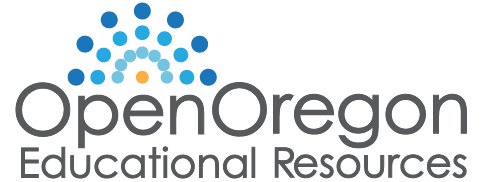16 Assessment Methods and Examples – Authentic Assessment
Dr. Seanna Takacs; Junsong Zhang; Helen Lee; Lynn Truong; and David Smulders
Authentic Assessment
Authentic assessments are designed to resemble a task, project, or activity that learners may perform in the real world. Authentic assessments ask students to demonstrate their understanding in a more meaningful application, which fosters students’ higher order thinking and skills such as communication, problem-solving, and critical thinking.
Authentic assessments are learner-centered as they focus on student’s interests by encouraging them to play a more active role in their learning as it is more meaningful and relevant to their lives. From a UDL perspective, authentic assessments provide learners the opportunity to demonstrate skills or competencies that they can apply in their future jobs in different ways. For example, instead of describing different career options, an instructor may ask learners to investigate career options for themselves. As part of their assignment, students are encouraged to reach out to professionals in their field and get expert advice on career development. This assignment will help foster legitimate peripheral participation as they encourage the learner to engage with experts in an authentic and meaningful way.
Here is a UDL-informed example:
Pierre teaches Multiculturalism and Social Justice. He has created a community engagement assignment in which students are required to engage in social activities and reflect on community decision-making process.
|
Licenses and Attributions
CC licensed content, Shared previously
This chapter, Assessment Methods and Examples-Authentic Assessment, by Dr. Seanna Takacs, Junsong Zhang, Helen Lee, Lynn Truong, and David Smulders is licensed under a Creative Commons Attribution-NonCommercial-ShareAlike 4.0 International License, It is from A Comprehensive Guide to Applying Universal Design for Learning . No changes made.

